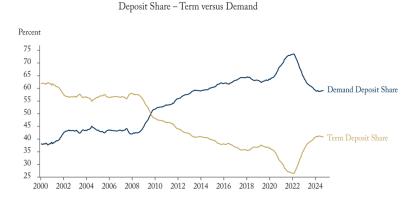Canadian airports collect most of their revenue through fees that are largely passed on to consumers in the form of high ticket prices. That may well change if the federal government pursues plans to sell some of its ownership to raise funds for other infrastructure projects.
Australia, where the major airports were privatized decades ago, is one of the more revealing places to look at for insights on the functioning of for-profit airports. In this edition of Graphic Intelligence, we highlight one of the major differences between the largest five Canadian and Australian airports: the share of revenue raised from these ‘flight charges’.
Although Canadian and Australian airports raise about the same amount of revenue per passenger on average (about $28 Canadian in 2015), they do so from very different sources. Canadian airports focus on airline charges, which passengers experience as mandatory ticket fees. Australian airports have been successful in raising revenue elsewhere, including from innovative retail services.
To read more about the potential upside to changing the airport model in Canada, see “Following the Australian Airport Model Can Cut Fees for Travellers”, by Benjamin Dachis and Vincent Thivierge.
Aaron Jacobs is a Researcher at the C.D. Howe Institute.





